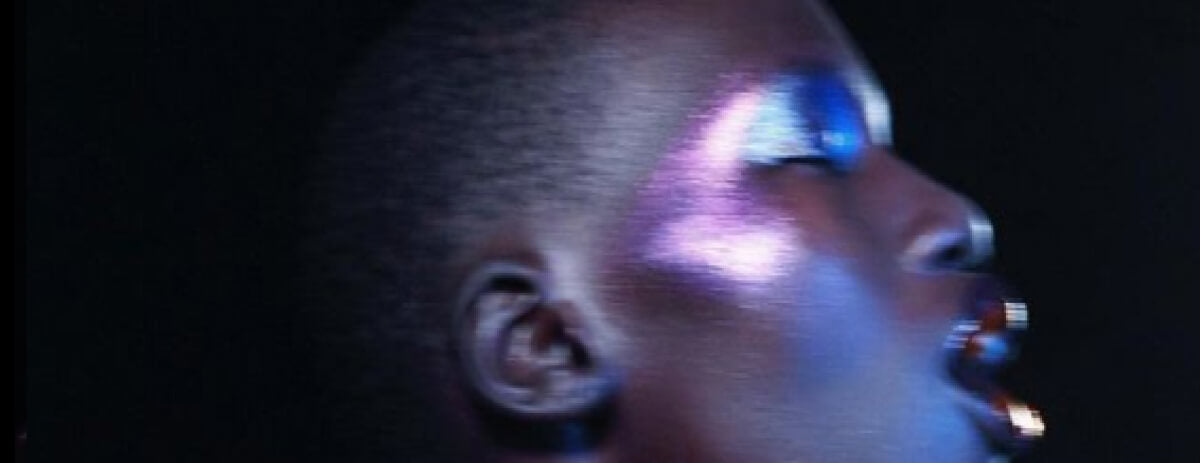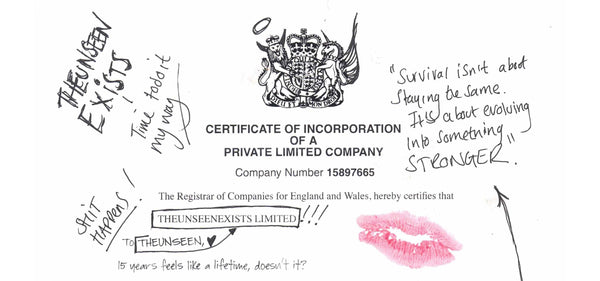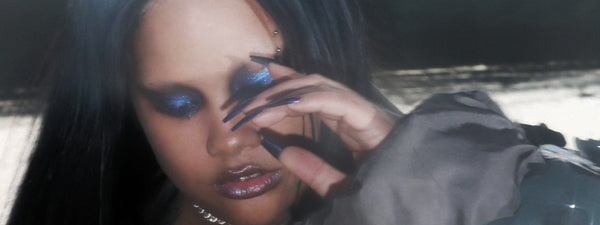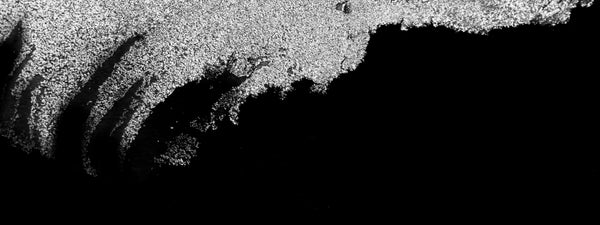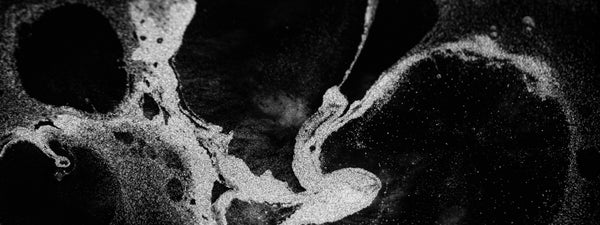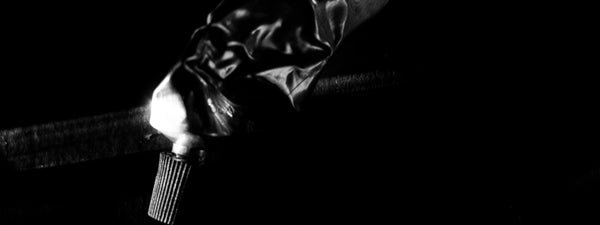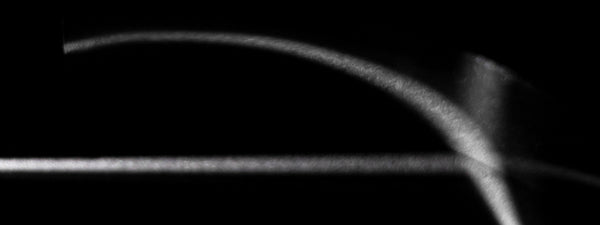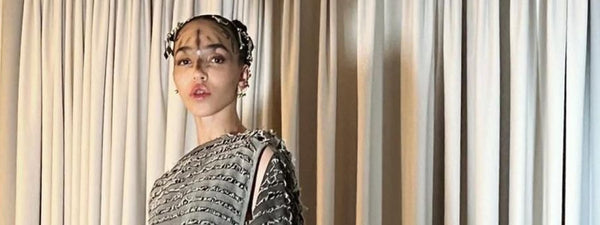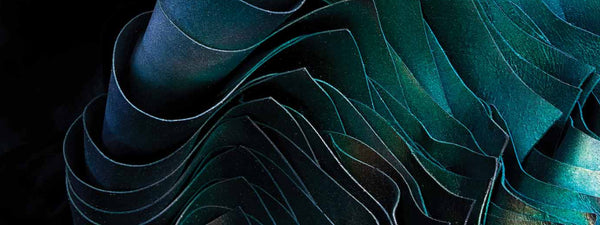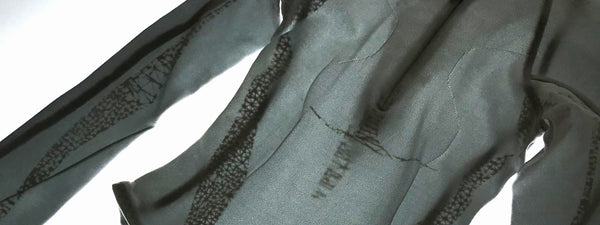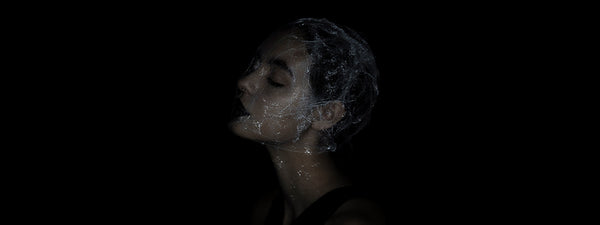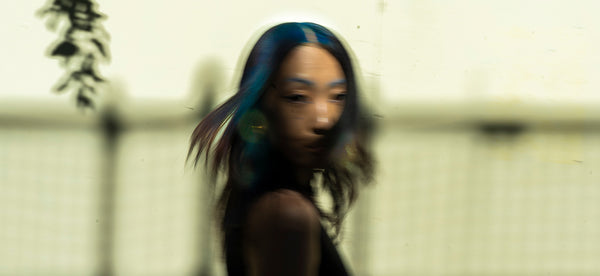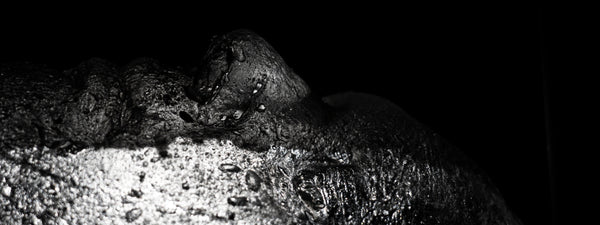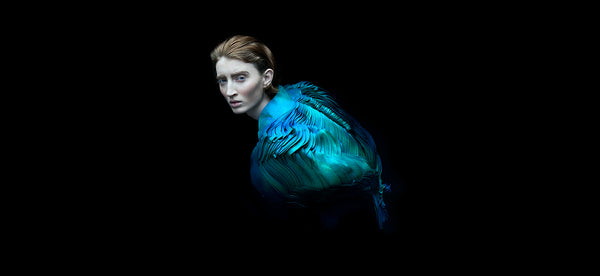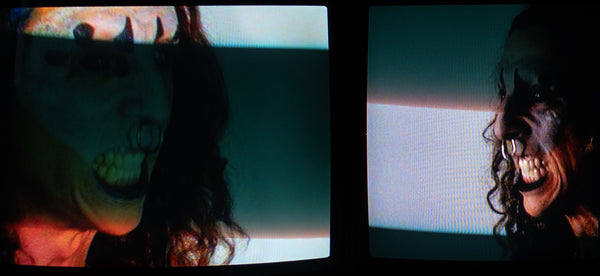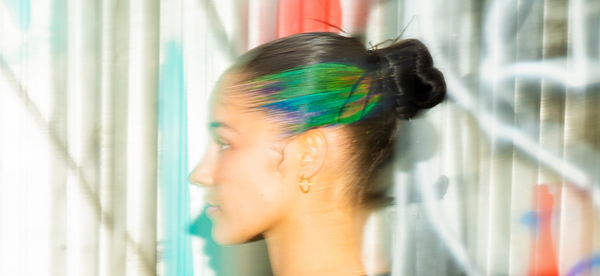Colour is all around us, from the pigments and dyes in our clothes to the naturally occurring shades we see in flowers and animals. But it doesn't just stop there, colours can help us to communicate, present danger and show emotion. Think of traffic lights, warning signs and blushing cheeks. So how do we see colour, how does nature use colour and how does structural colour — like the technology in COLOUR ALCHEMY occur?
How do we see colour?
Light travels in waves, and white light is a combination of all colours. When you put a prism in front of a light source, it refracts the light splitting all the colours.
Most things, including nature, are coloured using dyes and pigments. We see a colour when the light of that wavelength enters our eye. The dye or pigment in a material will absorb all the colours (or wavelengths) of light, except that of the colour of the material.
For example, red lipstick would absorb all the other wavelengths of light, only reflecting the red wavelength — so we're able to see and identify, yes this is red lipstick.
What is structural colour?

A term we talk about quite often when referencing COLOUR ALCHEMY, but what is structural colour?
A phenomenon most commonly found in nature, structural colour is a way to create colour without the use of dyes or pigments.
The colour is dependent on the structured surface of the material and how it interacts with the light. Depending on the structure, different wavelengths of light will be reflected, resulting in you seeing a different colour. For example, one structure might allow you to see green, while another structure may allow you to see blue.
The microprism technology we use in COLOUR ALCHEMY has a structure which changes with temperature. So as the surface heats, the structure shrinks, expanding as it cools, this allows you to see different colours being reflected at different temperatures. For example, the shade Scarab turns blue when it’s cold, transforming to green when it gets warmer.
Structural colour in nature

Structural colour is most commonly found in nature — from the wings of butterflies, and shells of beetles to the fur of the golden mole.
Alongside structural colour, nature's colour comes from two other sources: pigments and bioluminescence. As we've already discussed, structural colour is produced through "micro or nanostructures".
The most well-known examples of structural colours are butterfly wings and peacock feathers, there are however, plenty of other examples throughout the natural world, such as the sea mouse and the hibiscus trionum.
Structural colour has evolved in nature to help create pollination, mating, camouflage and warn of any danger. It's one of the many ways beings in nature communicate with each other.
If humans had structured colour

What if humans developed structural colour? What if our skins developed similar nanostructures on the surface, and we were able to reflect light in a similar way to the feathers of peacocks, creating vibrant, shimmering, and iridescent tones?
What would our lives look like? What would society look like? How would it affect our relationship with one another and with ourselves? If we were able to communicate through our skin, would it make communicating any easier? It's hard to say what life in structural colour would look like, whether a technology like this — artificially or naturally achieved would create fear, or if as a species, we would welcome it with open arms and the opportunities it brings.
There are some characteristics that we can predict, like if your hair produced structural colour — you'd never go grey, as your hair wouldn't stop producing melanin and would always be the same colour. If our skins had structural colour, we would never tan as there would be no increase in melanin production in the sun. What if our nails had structural colour? Well, the Hailey Bieber Glazed Doughnut nail trend would never exist because we'd always have shimmering, iridescent colours on our nails.
What would life be like in structural colour and is it something you'd want?
